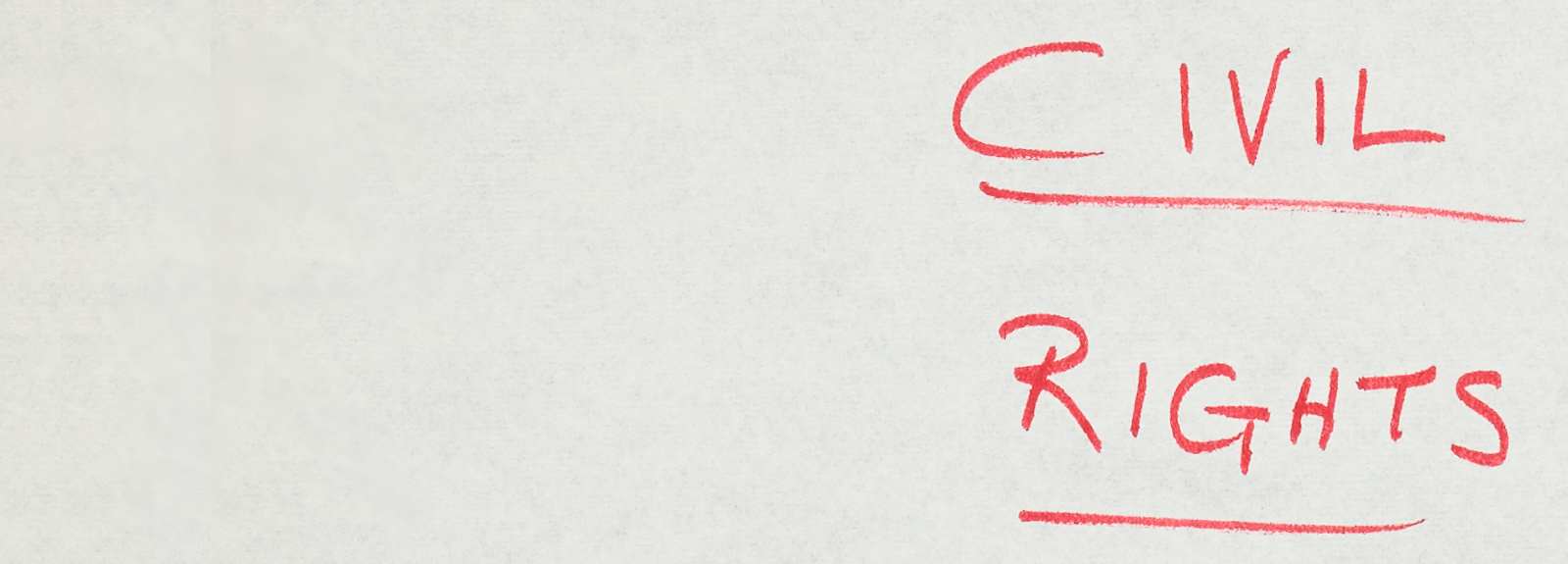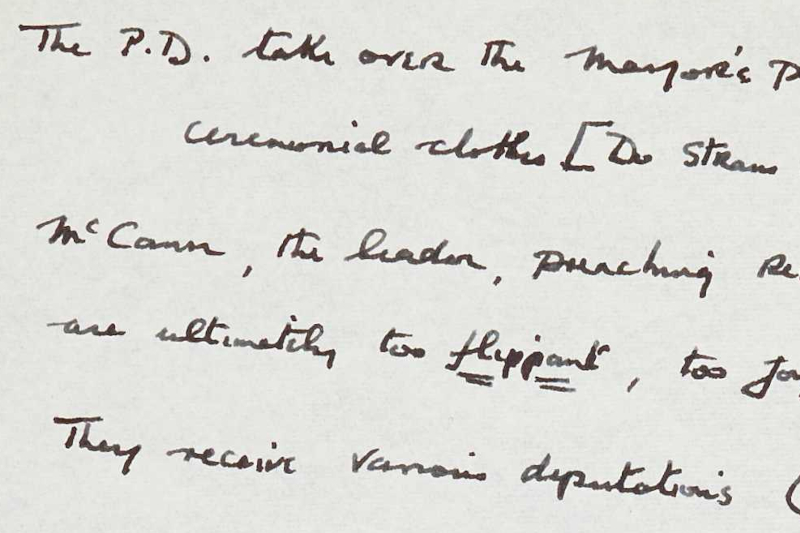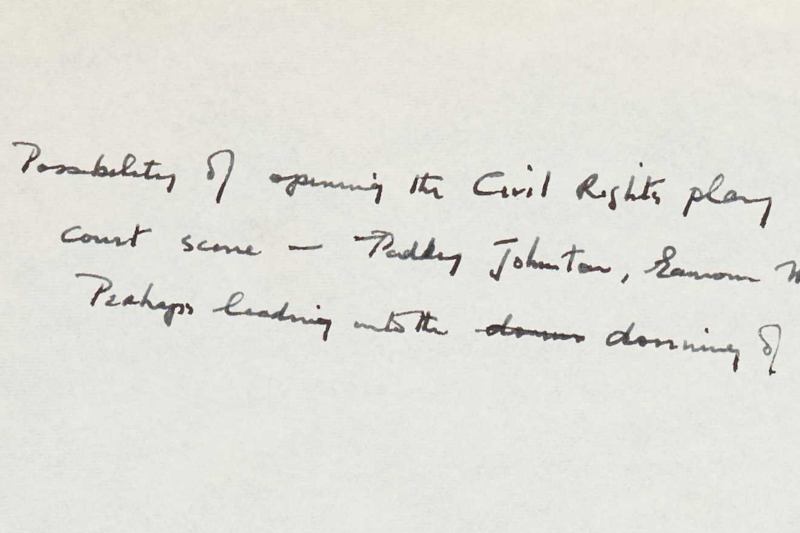The Freedom of the City (1973)
By Dr Lisa Fitzpatrick
Premiering just over a year after Bloody Sunday in Derry on 31st January 1972, The Freedom of the City (Freedom…) has often been seen primarily as a response to that horror. The British press panned the play as propaganda, as Tom Maguire points out (2006: 48), and Christopher Murray comments that it was criticized as ‘angry and biased’ by the media in New York. Its innovative form was ‘not appreciated, largely because of the conservatism of the Dublin audiences’ Murray argues, though he praises its ‘ironic, hard-hitting elements’ (1997: 201-2). Freedom… was not produced again by the Abbey until 1999, when Conall Morrison directed it following the 1998 establishment of the Saville / Bloody Sunday Inquiry. The timing of this production still yokes the play to that moment in history; and this persists, so that in 2005 Lyn Gardner’s review for The Guardian of a production at London’s Finborough Theatre describes it as ‘inspired directly by the events of Bloody Sunday’, and David Rooney’s review for the New York Times of a 2012 production by the Irish Repertory Theatre repeats the statement. It is true that the stage directions unmistakably evoke Bloody Sunday: at the very beginning a priest ‘enters right, crouching … and holding a white handkerchief above his head’; and in an early scene there is a voiceover of a woman, offstage, shouting to the crowd to ‘Stand your ground’, echoing the words of Bernadette Devlin on that day. Item MS 37,066.2.3.3 (Brian Friel Digital Archive) refers to Justice Widgery, author of the first official report on Bloody Sunday, by name at the start of Act II, and his discredited findings are echoed by the anonymous fictional Judge on stage.
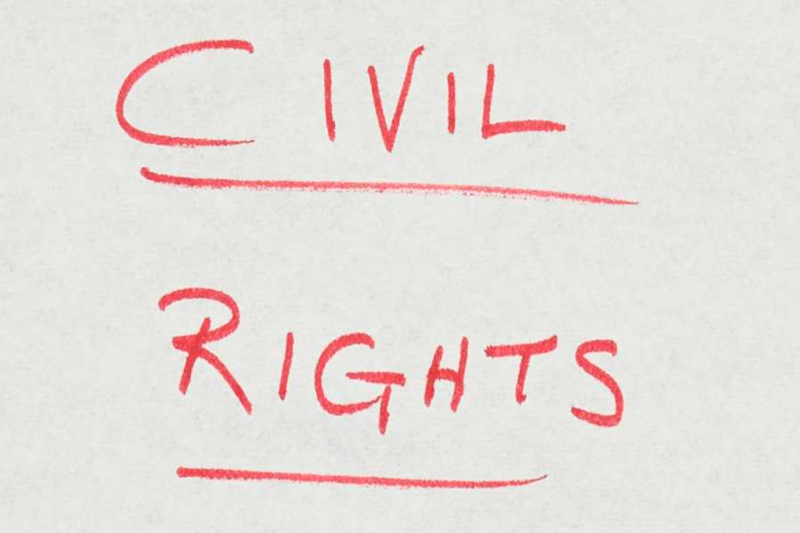
Yet, while the events of Bloody Sunday may have given the completion of the work a sense of urgency, the archival material in folder MS 37,066.1.1 (BFDA) shows the importance of the civil rights movement to the genesis of the play and includes an apparent title page with ‘civil rights’ in red ink and block capitals.
Item MS 37,066.1.1.2 (BFDA), dated 29th April 1970, describes how ‘The P.D. [People’s Democracy, a civil rights organisation] take over the Mayor’s parlour’ and Friel jots brief ideas for their activities that appear in the final version of the play: ‘drink cabinet, cigars, ceremonial clothes [Do Strauss waltz to transistor]’. The lead character’s name in this early draft is given as McCann and on another page as ‘Eamonn McCann’, a prominent P.D. activist who is ‘preaching revolution’, indicating that Friel’s focus was on the civil rights movement in Derry. In these early jottings, Friel considers setting the work during the 1969 Burntollet ambush among marchers who have taken refuge ‘in a byre after the attack’ or ‘in a large hall full of rugs & sleeping bags, before Burntollet’ (MS 37,066.1.1.4 BFDA). On 5th May 1970 (MS 37,066.1.1.3 BFDA) Friel writes, ‘Possibility of opening the Civil Rights play with a kangaroo court scene – Paddy Johnston, Eamonn McCann etc – perhaps leading into the donning of municipal robes etc’.
The persistence of the Guildhall, the Mayor’s Parlour, and the municipal robes from these early rough notes through to the final realisation on stage indicates the importance of the site to the politics of Derry and in the action of the play. As drama scholar Elizabeth Winkler comments, the play honours Derry’s important role in the civil rights movement, and the city’s symbolic significance as the triumphant survivor of a famous Siege in 1689, in the sustaining mythology of the Unionist community. Within Derry, the Guildhall – built in 1890 with money from The Honourable The Irish Society – was a local symbol of Unionist power and control over a majority Catholic, Nationalist population. Brian Friel’s father was interviewed in 1964 for the Radharc programme on RTE television in his role as a teacher (he was also later a city councillor), in which he discusses at length the discrimination against young Catholic men in the city and points out that the Guildhall at the time employed no Catholics whatsoever. This background of poverty, heightened by sectarian and political discrimination, shades all three of the main protagonists, but particularly Lily who is a cleaner with eleven children and a disabled husband, living in a two-room flat carved out of an abandoned building, with ratholes in the floor 1. Her character seems to have taken shape rapidly, and she can be seen as a familiar figure in the popular and folk culture of Derry: the strong woman, working to support the household financially while raising a large family with a husband who doesn’t, or can’t, work but who retains his position as the ‘Chairman’. Late in the play, and only briefly, she mentions his verbal abuse as something hurtful to her 2. Skinner and Michael, both young male characters, are similarly disadvantaged though they respond very differently to their circumstances. Friel’s notes on Michael state that he is from the same background as the others but has ‘risen above’. He tries to find a working identity for the character: ‘Teacher – no – too secure’ (MS 37,066.1.2.3 BFDA). Skinner, initially named Bill, is first a ‘thief’, ‘a man outside morality’, fatherless, unemployed and raised by his aunt, and living in a caravan; however, in the final version he also speaks passionately on the rights of the poor and impoverished. He becomes a trickster figure, speaking truth about power, and is the only one who understands that they are likely to be shot.
The Mayor’s Parlour, with its panelled walls, drinks cabinet, shower, and box of cigars, gives the characters a glimpse of impossible luxury. The municipal robes which Friel had in mind from his first notes are touched and worn by the characters, who marvel at their softness and weight. The setting is important to indicate class oppression, and the breakdown of the social contract which should bind the wealthy to the poor in a relationship of responsibility and social conscience. Skinner’s rage is expressed in his small acts of vandalism: putting out a cigar on the table, scattering the council papers, taking the ceremonial sword and slashing a portrait on the wall. As he scatters the papers, he reads out details of the cost of the Amateur Opera Season, Derry Rugby Club, buffet suppers and flower shows, challenging Michael: ‘As one of the city’s nine thousand unemployed isn’t it in your interest that your idleness is pursued in an environment as pleasant as possible with pets and flowers and music and gaily painted buildings?’ 3 And he warns Michael that they will all be punished for taking refuge in the Guildhall, ‘Because you presumed, boy. Because all this is theirs, boy, and your very presence here is a sacrilege’.4 In the closing scenes of the play, the Judge concurs: the Guildhall ‘symbolised for them a system of government they opposed and were in fact at that time illegally demonstrating against… their action was a carefully contrived act of defiance against, and an incitement to others to defy, the legitimate forces of law and order.’5
By 1972 Friel’s attention had turned from the setting to the dramatic structure, as his notes reveal. MS 37,066.1.2.016 (BFDA) dated 12th May 1972 lists three possible ‘shapes’ for the play: a straightforward narrative set entirely in the Guildhall; a courtroom drama with flashbacks described as ‘very technical’; and the third option of the whole play as a flashback after the opening minutes. This last is clearly the closest to Friel’s eventual structure, including the ending where the characters agree to meet again only moments before they are shot. Thus, the play opens with the three protagonists dead on stage, dragged off one by one by the soldiers as the Judge outlines the parameters of the judicial inquiry. The audience then encounter them on stage, starting with their arrival in the Guildhall, blinded by CS gas, and their gradual realisation of where they are. The play is built from multiple short scenes in a two-act structure, with two locations often visible simultaneously (inside the Guildhall, and outside it or in the courtroom). The rhythm juxtaposes brief exterior scenes with longer, more ruminative scenes inside the Guildhall as the characters’ backgrounds are revealed and their relationships develop. The wider social and political context is constructed by the testimony from a sociologist, a forensics expert, and a pathologist, as well as the brigadier in charge of the 1st Parachute Regiment, contrasting the supposed ‘objectivity’ of legal testimony with the subjective experience of the protagonists. Other scenes show the media coverage, the reaction of the local clergy, and the civilian population, including a balladeer who composes songs about the three. These overlapping actions and dialogues gradually obliterate the ‘truth’ of the three protagonists’ stories, while constructing a richly complex portrayal of poverty, sectarian discrimination, and profound mistrust between the civilians and the state.
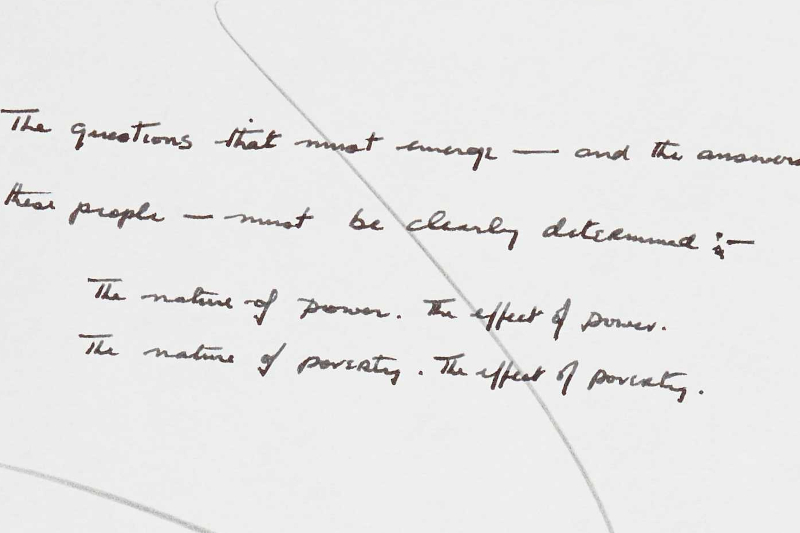
Despite its apparent focus on Bloody Sunday, The Freedom of the City explores the broken relationship between the ruling class and those they would control, and the state’s willingness to ruthlessly oppress troublesome citizens. In this way, Friel creates a play that reaches beyond Derry and Bloody Sunday to the ongoing, global struggle for social justice. The questions that must emerge, he notes, are: ‘The nature of power. The effect of power. The nature of poverty. The effect of poverty’ (MS 37,066.1.2.14 BFDA). Ultimately, we are left with the image of the three protagonists, spotlit in the darkness. The vulnerability of their human individuality is exposed in that moment of their annihilation by the power of the state.
Fricker, Karen. ‘The Freedom of the City’ Variety 3 May 1999.
Gardner, Lyn. ‘The Freedom of the City’ The Guardian. 6 December 2005.
Maguire, Tom. Making Theatre in Northern Ireland: through and beyond the Troubles. Exeter: Exeter University Press, 2006.
Murray, Christopher. Twentieth Century Irish Drama: Mirror Up to Nation. Manchester: Manchester University Press, 1997.
Parker, Michael. “Forms of Redress: Structure and Characterisation in Brian Friel’s ‘The Freedom Of The City.’” Hungarian Journal of English and American Studies (HJEAS), vol. 5, no. 1, 1999, pp. 47–70.
Ráidio Teilifís Éireann. ‘Catholic Discrimination in Derry’. Radharc, 1964. Available at https://www.rte.ie/archives/exhibitions/1378-radharc/355627-radharc-in-derry/. Last accessed 20th October 2022.
Rooney, David. ‘The Truth That Was Obscured After Protesters Were Killed’ New York Times, 6 October 2012.
Ryan, Christine. ‘How he plays in Dublin: Friel's The Freedom Of The City at the Abbey’. The Guardian. 1 May 1999.
Winkler, Elizabeth Hale. “Brian Friel’s ‘The Freedom of the City’: Historical Actuality and Dramatic Imagination.” The Canadian Journal of Irish Studies, vol. 7, no. 1, 1981, pp. 12–31.
[1] Brian Friel ‘The Freedom of the City’ in Selected Plays of Brian Friel. Gerrards Cross Bucks.: Colin Smythe & Washington DC: Catholic University of America Press, 1984: p.155 & 157.
[2] Friel, p.155.
[3] Friel, p.159-160.
[4] Friel, p.140.
[5] Friel, p.148-9.
Lisa Fitzpatrick is Senior Lecturer in Drama at Ulster University in Derry. She is the author of Rape on the Contemporary Stage (2018), and her recent edited books include The Theatre of Deirdre Kinahan (with Maria Kurdi; Lang, 2022) and Plays by Women in Ireland 1926-1933: Feminist Theatres of Freedom and Resistance (with Shonagh Hill; Methuen, 2022). Her current work on gender-based violence in conflict and post-conflict societies includes a collaboration with Kabosh Theatre Company, Belfast. She is co-convenor of the Feminist Working Group at the International Federation for Theatre Research, and associate editor of Theatre Research International.
-
Introducing the Friel Papers
To mark the launch of the Brian Friel Digital Archive in December 2022, the Friel Reimagined project commissioned a series of critical essays to illuminate the creation of Friel's most acclaimed plays and provide unique insights into the life and work of this most accomplished dramatist.
Author Play Dr Kelly Matthews, Framingham State University Philadelphia, Here I Come! Dr Lisa Fitzpatrick, Ulster University The Freedom of the City Mr David Grant, Queen's University Belfast Faith Healer Dr Alison Garden, Queen's University Belfast Translations Dr Bernadette Sweeney, University of Montana Dancing at Lughnasa

